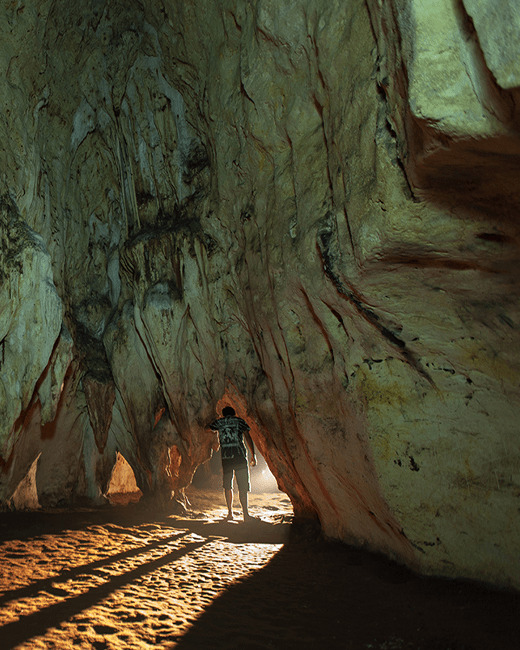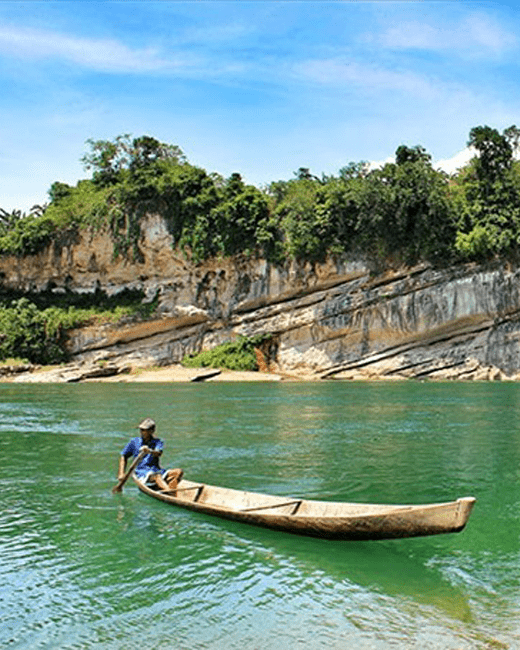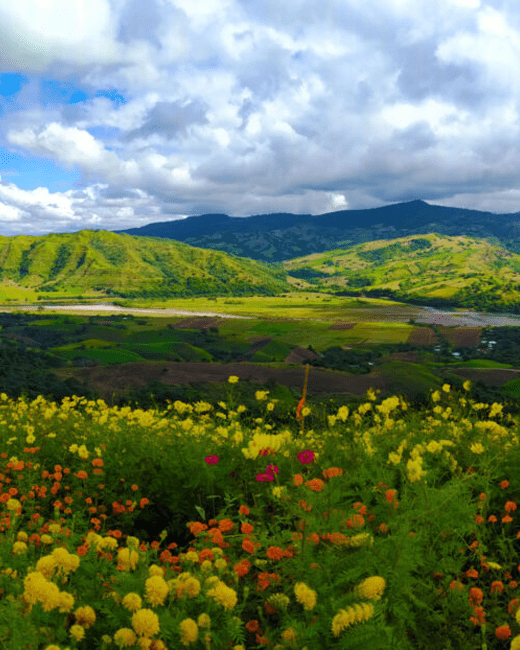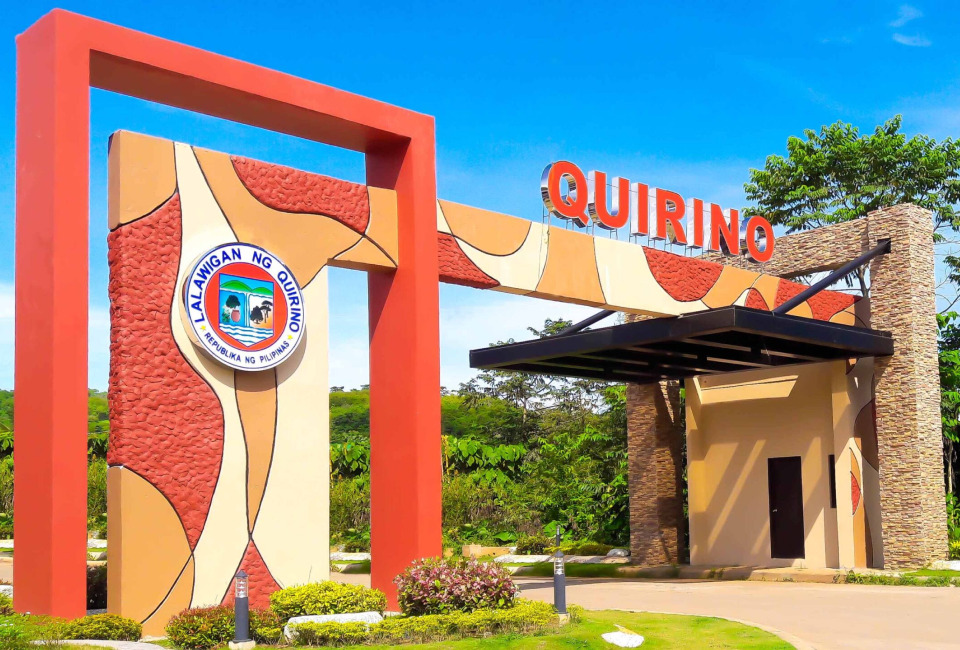Explore With Us
Are you ready for your next memorable adventure? Explore with us here at Quirino Province!
Explore the different tourist attractions in the municipalities of Cabarroguis, Diffun, Aglipay, Maddela, Nagtipunan, and Saguday.







Quirino Province is home to natural wonders, both land and water, which make it a prime destination for thrill seekers and outdoor enthusiasts. Begin your eco-adventure here!
From museums, libraries, festivals, and local crafts — Quirino Province is rich with culture and arts. Don’t forget to learn about the history of the province as part of your sightseeing tour!
Need a place to rest and re-energize for your adventure? Quirino Province has plenty of accommodations and restaurants you can choose from!


The Quirino Provincial Government encourages investments that would optimize local human, physical, and natural resources in the province through sustainable development. Click here to learn about the Quirino Investment and Incentive Code of 2005.
Are you ready for your next memorable adventure? Explore with us here at Quirino Province!